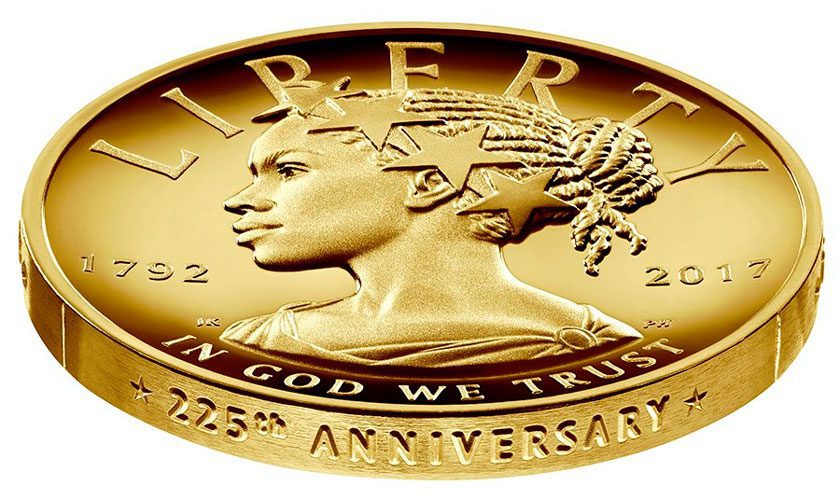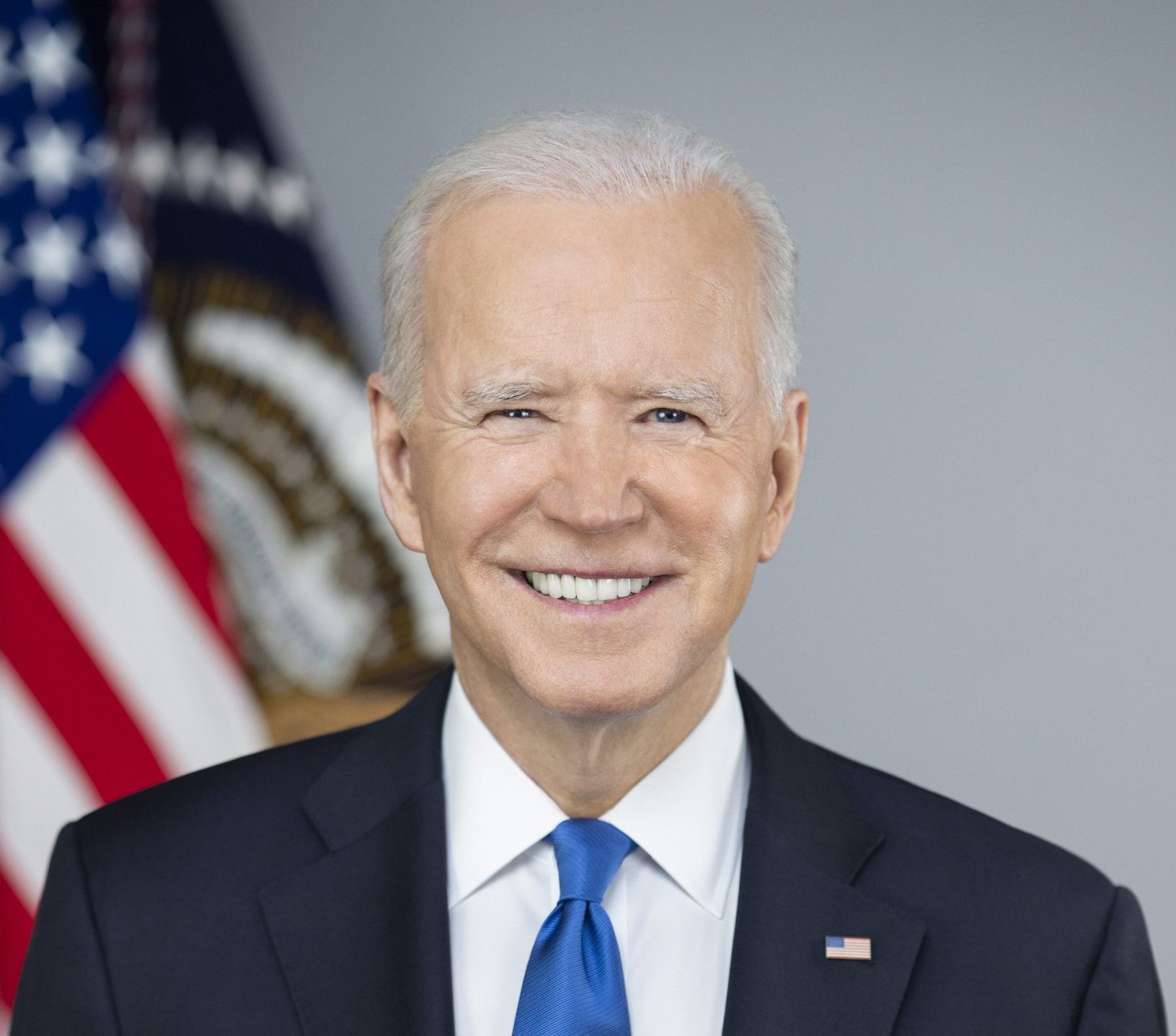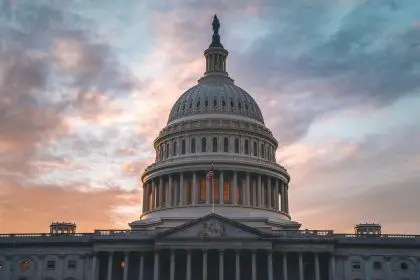
For the first time in America’s history, a Black woman will be featured on U.S. currency.
The U.S. Mint announced that the pressing of the new $100 coin on Jan. 12 featuring Lady Liberty as a Black woman. The Coinage Act of 1792 requires that all coins feature an “impression emblematic of liberty,” in either words or images.
“As we as a nation continue to evolve, so does liberty’s representation. We live in a nation that affords us the opportunity to dream big and try to accomplish the seemingly impossible,” said Elisa Basnight, chief of staff of the U.S. Mint, in a statement to the media.
The coin was designed by artist Justin Kunz. Previous images of Lady Liberty were always depicted as a White woman.
The coin is 24-karat gold and is set for release in April of 2017.
Principal Deputy Director Jeppson of the U.S. Mint released a statement that reads in part: “We are very proud of the fact that the United States Mint is rooted in the Constitution. Our founding fathers realized the critical need for our fledgling nation to have a respected monetary system, and over the last 225 years, the Mint has never failed in its mission.”
The 2017 American Liberty 225th anniversary gold coin is primarily meant for collectors and features an obverse (heads) design that depicts a profile of Liberty wearing a crown of stars, with the inscriptions “LIBERTY,” “1792,” “2017,” and “IN GOD WE TRUST.” The reverse (tails) design depicts a bold and powerful eagle in flight, with eyes toward opportunity and a determination to attain it. Inscriptions include “UNITED STATES OF AMERICA,” “E PLURIBUS UNUM,” “1OZ. .9999 FINE GOLD,” and “100 DOLLARS.”
This will be perhaps the second of scheduled portraits featuring a Black woman. In 2015 it was announced that famed abolitionist and freedom fighter Harriet Tubman will replace U.S. President Andrew Jackson on the $20 bill. That decision came after a campaign called Women on 20s. Tubman won with 118,328 votes, while FLOTUS Eleanor Roosevelt was the runner-up. Women on 20s has secured more than 600,000 voters in the online campaign. The next step is to convince President Barack Obama to guide the Secretary of the Treasury’s pen to make the change.














